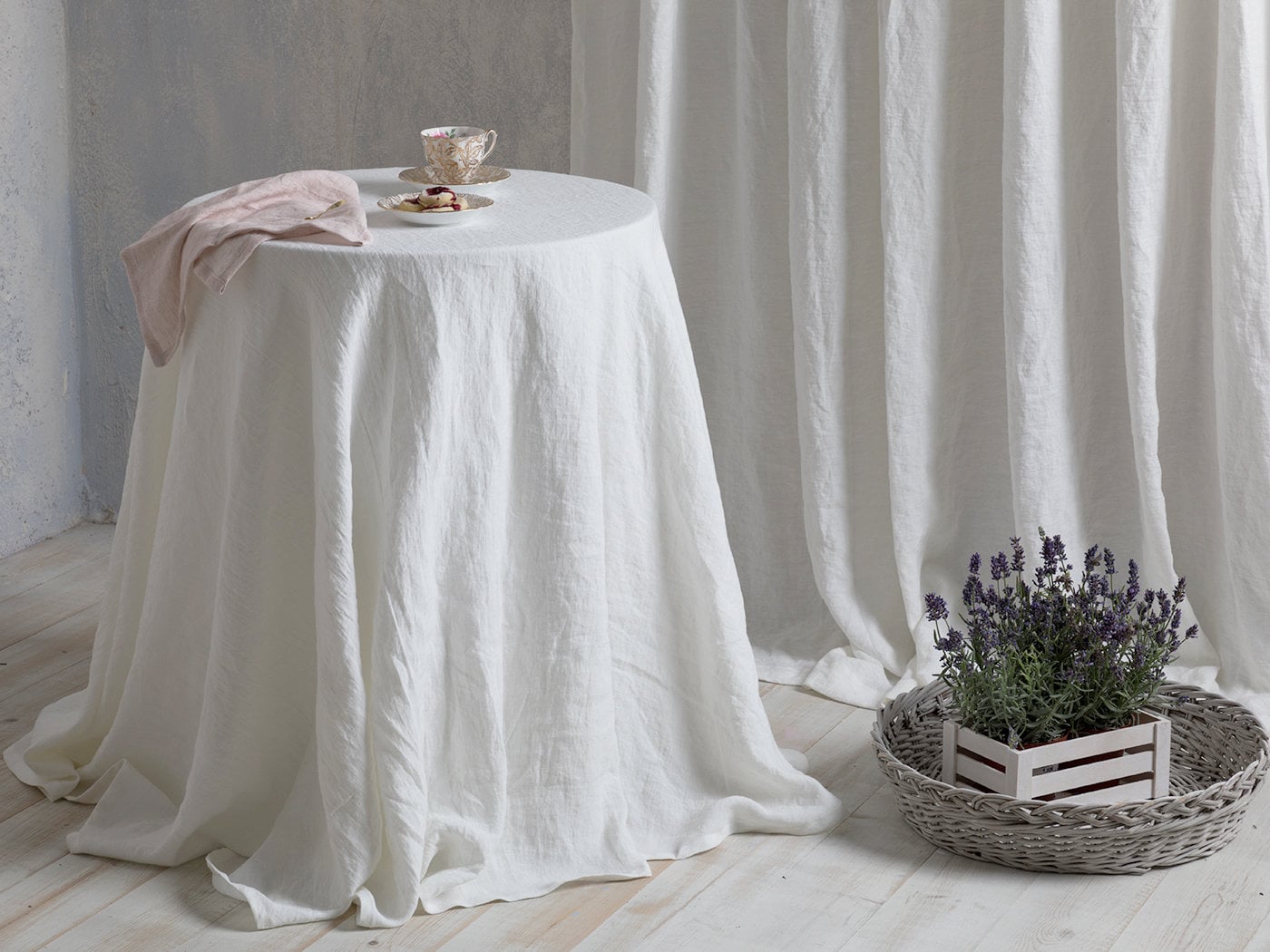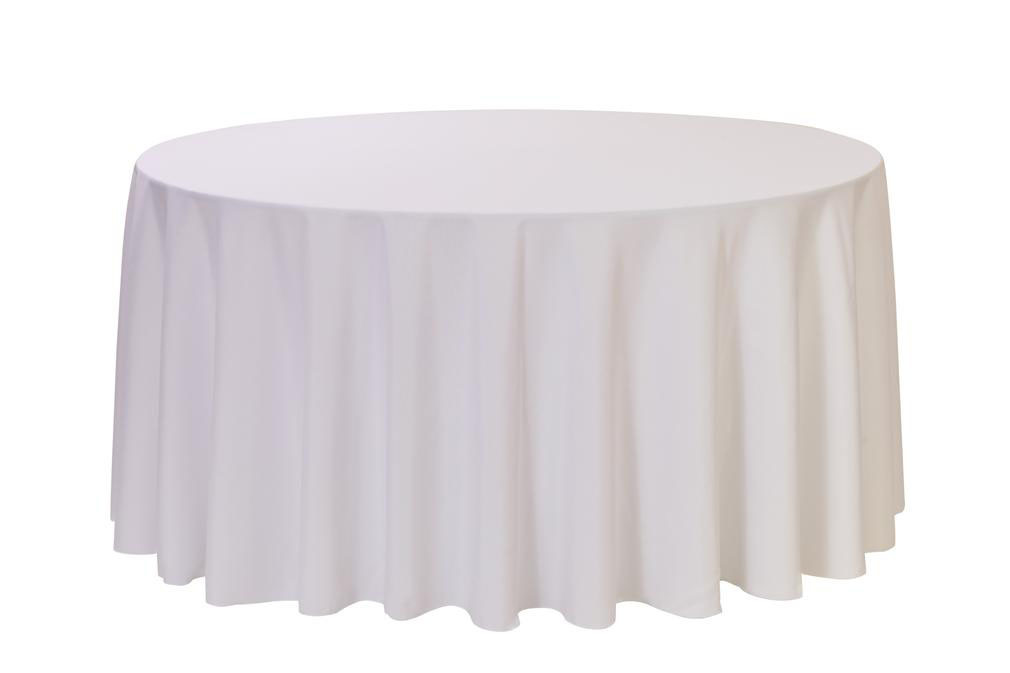Bed Linen Fabric Advancements: Discovering Modern Trends and Creative Applications in Design and Textile Market
In the world of textile innovations, linen has arised as a timeless yet versatile material that remains to astound developers and enthusiasts alike. With a rich history deeply intertwined with workmanship and sophistication, bed linen fabric is experiencing a renewal in the modern-day era. From lasting production methods to innovative weaving modern technologies, the advancement of bed linen is improving the landscape of the textile industry. As we explore the realms of creative layout applications and the appearance of bed linen blends and crossbreed fabrics, a new chapter unfolds in which bed linen's duty in future textile advancements takes facility phase.
Lasting Practices in Linen Production
Lasting methods in bed linen manufacturing have come to be progressively important in the textile sector's efforts to minimize ecological impact and promote moral sourcing techniques. Linen, an all-natural fiber obtained from the flax plant, offers a series of benefits such as biodegradability, breathability, and resilience. However, standard techniques of linen production can entail significant water intake, pesticide use, and energy-intensive processes.
To resolve these challenges, lots of fabric manufacturers are embracing sustainable techniques throughout the bed linen production procedure. This includes sourcing flax from natural ranches that avoid hazardous chemicals and chemicals, executing water-efficient retting techniques to essence fibers from the flax stalks, and making use of green dyes and surfaces. Additionally, some firms are purchasing eco-friendly power sources to power their manufacturing centers and reducing waste with recycling and upcycling campaigns.
Technical Innovations in Linen Weaving
With the expanding emphasis on sustainable practices in bed linen production, the textile market is now observing a surge in technological improvements particularly focused on revolutionizing the art of bed linen weaving. These innovations are improving the method bed linen textiles are produced, using increased efficiency, high quality, and creativity in weaving methods.
One of the essential technical improvements in linen weaving is the integration of computerized looms. These sophisticated looms are geared up with software that permits for complex and detailed designs to be woven with accuracy. By digitizing the weaving process, manufacturers can achieve greater uniformity and precision in their bed linen textiles.
Furthermore, improvements in thread spinning innovation have allowed the manufacturing of finer and more sturdy linen threads - table cloths. This results in softer and smoother linen fabrics that keep their high quality also after multiple uses and washes
In addition, the advancement of environment-friendly dyeing procedures and finishes for linen fabrics is getting traction. These lasting practices not just reduce the ecological influence however additionally accommodate the increasing customer demand for ethically created textiles.
Creative Design Applications for Linen
Innovative creative methods are significantly forming the creative style applications for bed linen in the fabric sector. Linen's natural aesthetic charm and ability to mix with other textiles make it a favorite choice for creating unique garments and accessories that provide to the environmentally mindful consumer.
In addition, developers are trying out bed linen in home style, utilizing its breathable and durable have a peek here nature to craft stylish furnishings such as curtains, bed linens, and furniture. The appearance and drape of bed linen bring a sense of sophistication and comfort to indoor rooms, adding a touch of elegance to modern-day homes.

Linen Blends and Hybrid Fabrics

Hybrid materials, on the other hand, take the concept of blending an action additionally by incorporating extra components such as metal strings, recycled materials, or conductive fibers. These cutting-edge fabrics not only expand the design possibilities but also present useful facets like conductivity, antimicrobial homes, or enhanced resilience. Hybrid fabrics are progressively being utilized in various industries, consisting of style, interior decoration, and technical fabrics, where the need for multifunctional products is on the rise.
Linen's Function in Future Fabric Innovations

In the world of future textile developments, linen is anticipated to be a vital gamer in the development of advanced practical materials. Developers and scientists are discovering means to enhance linen's fundamental high qualities with technological improvements, such as integrating clever fabrics, nanotechnology, and efficiency surfaces. These advancements intend to boost bed linen's efficiency features, making it ideal for a more comprehensive variety of applications, from activewear to safety garments.
Additionally, the mix of linen with other natural or synthetic fibers opens limitless possibilities for producing novel textiles with unique residential or commercial properties and functionalities. By leveraging linen's features and discovering ingenious blends, the textile industry is positioned to present interesting advancements that deal with evolving consumer demands and sustainability needs.
Final Thought
Finally, the expedition of sustainable practices, technical improvements, creative design applications, bed linen blends, and its function in future fabric advancements highlight the constant evolution of bed linen fabric in the modern-day style and textile sector. With a concentrate on innovation and creative thinking, the flexibility and environmentally friendly nature of bed linen make it a useful material for suppliers and designers alike, leading the way for more advancements and advancements in the field of fabrics.
As we dig right into the realms of imaginative design applications and the introduction of linen blends and crossbreed fabrics, a new phase unfolds in which bed linen's role in future textile technologies takes center phase.
Exploring the combination of bed linen with other materials has actually led to the development of cutting-edge blends and hybrid textiles in the modern textile market. Bed linen blends offer a special mix of the characteristics of bed linen with those of other fibers, resulting in materials that have boosted homes such as raised resilience, boosted draping, and lowered wrinkling.The evolution of linen blends and crossbreed textiles has actually set the phase for Linen to play a pivotal function in driving future textile developments.In the realm of future textile technologies, bed linen is expected to be a crucial player in the growth of innovative functional materials.